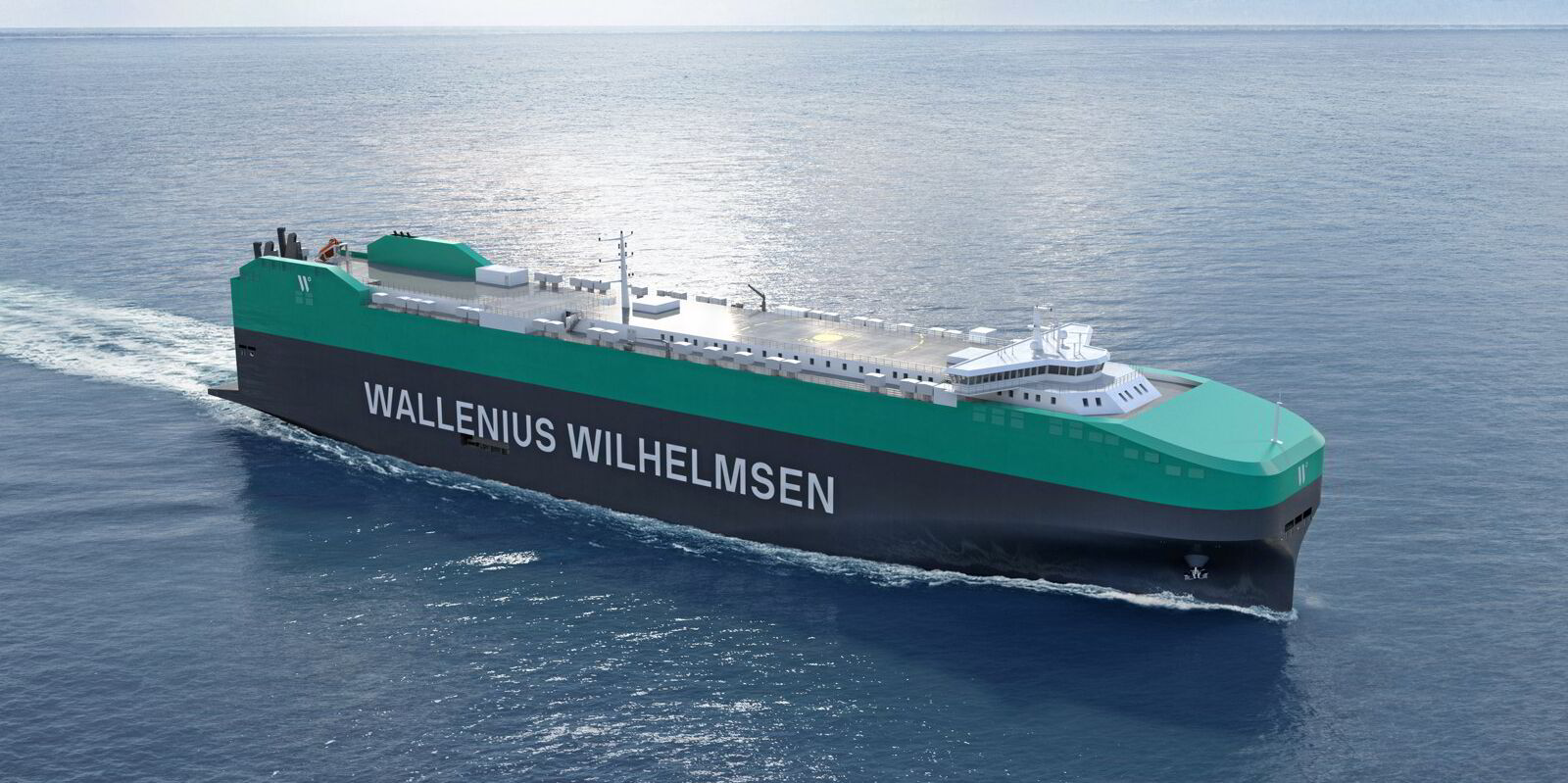The highly lucrative car carrier sector is nearing a big change characterised by higher levels of newbuilding deliveries, analysts believe.
Clarksons Securities said: “The car carrier industry is at a critical tipping point.”
Last year, net fleet growth was modest at about 1%, but is expected to increase to 9% or 10% in 2025 and 2026, with an average growth rate of around 5% this year, analysts led by Frode Morkedal said.
“This marks 2024 as a transition year,” they added.
The investment bank noted that in 2023, global vehicle production increased significantly, reaching 93.5m units, up from 85m in 2022.
This increase in output led to a 19% increase in seaborne trade.
But growth has slowed. Up to April this year, the increase has been 5% year on year.
“Recent trade tariffs are likely to raise the cost of imported cars, potentially reducing demand and negatively impacting car carrier trade volumes at a time when the fleet is poised for significant growth,” Morkedal and his team said.
“We expect the car carrier market … to weaken in the coming years,” the analysts added.
The market remains elevated, but time-charter rates have fallen from recent highs.
Down $10,000 per day
Brokers assess one-year deals for 6,500-ceu vessels at $105,000 per day, down from $115,000 in March.
Monthly trading updates from Norway’s Hoegh Autoliners reveal minimal changes in net freight rates per cbm, however.
Oslo-listed Wallenius Wilhelmsen’s stock price has fallen about 20% in the last month and now “appears to be fairly priced,” Clarksons Securities said.
“Despite the possibility that fundamentals could deteriorate over the next two years due to accelerated fleet growth and a slowdown in trade growth, there may be near-term price upside if Red Sea disruptions are resolved,” the investment bank added.
Clarksons Securities has a “neutral” rating on Wallenius Wilhelmsen.
The sector has seen vessels spending more time at sea to avoid Red Sea attacks on shipping, reducing the number of laden voyages.
With a high dependence on contracts of affreightment, passing on additional voyage costs has been challenging for owners, the analysts said.
“The lack of improvement in freight rates, combined with a drop in volumes, has had a negative impact on earnings. If the situation in the Red Sea normalises, volumes may recover, potentially improving earnings,” they added.




